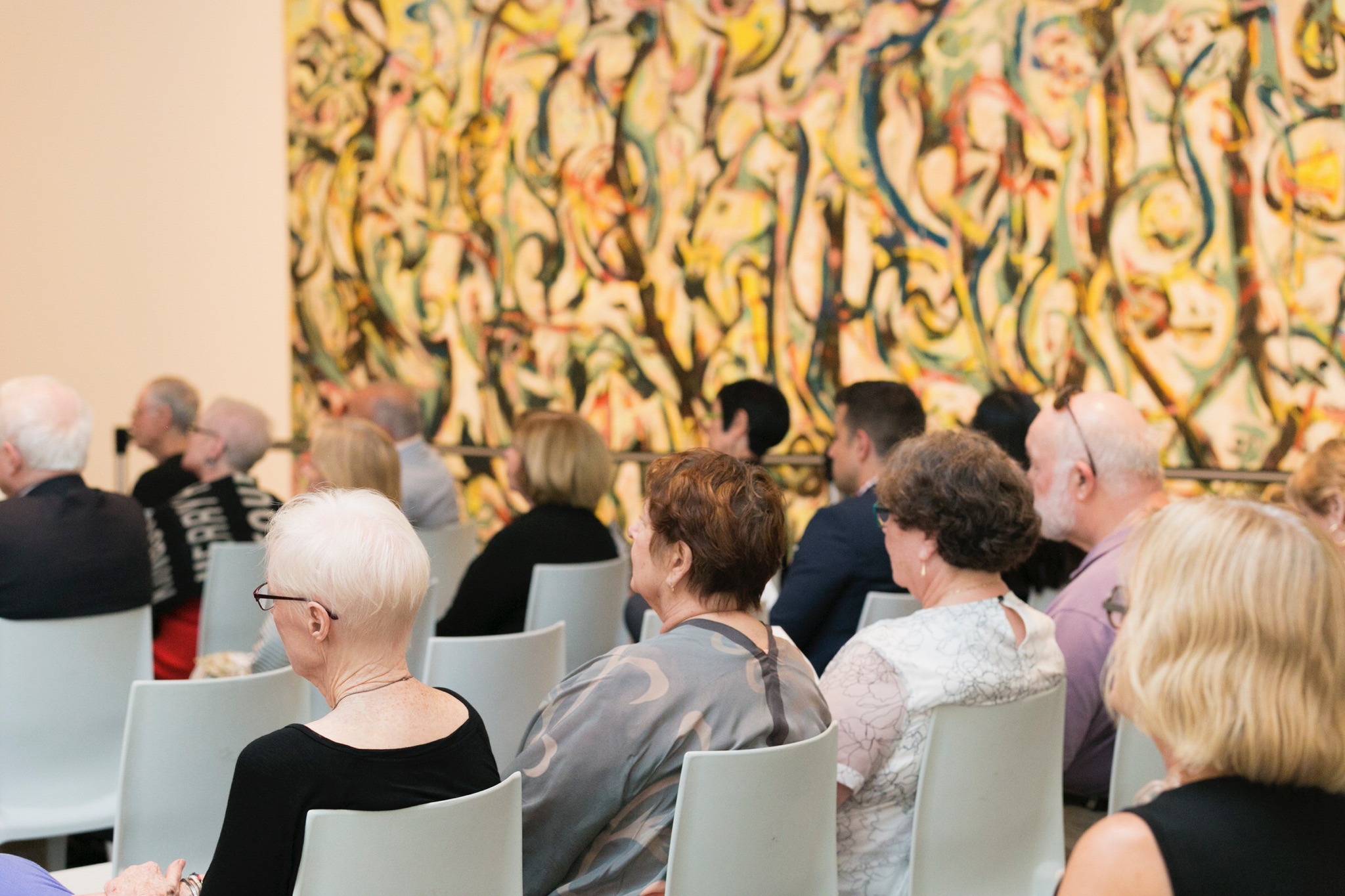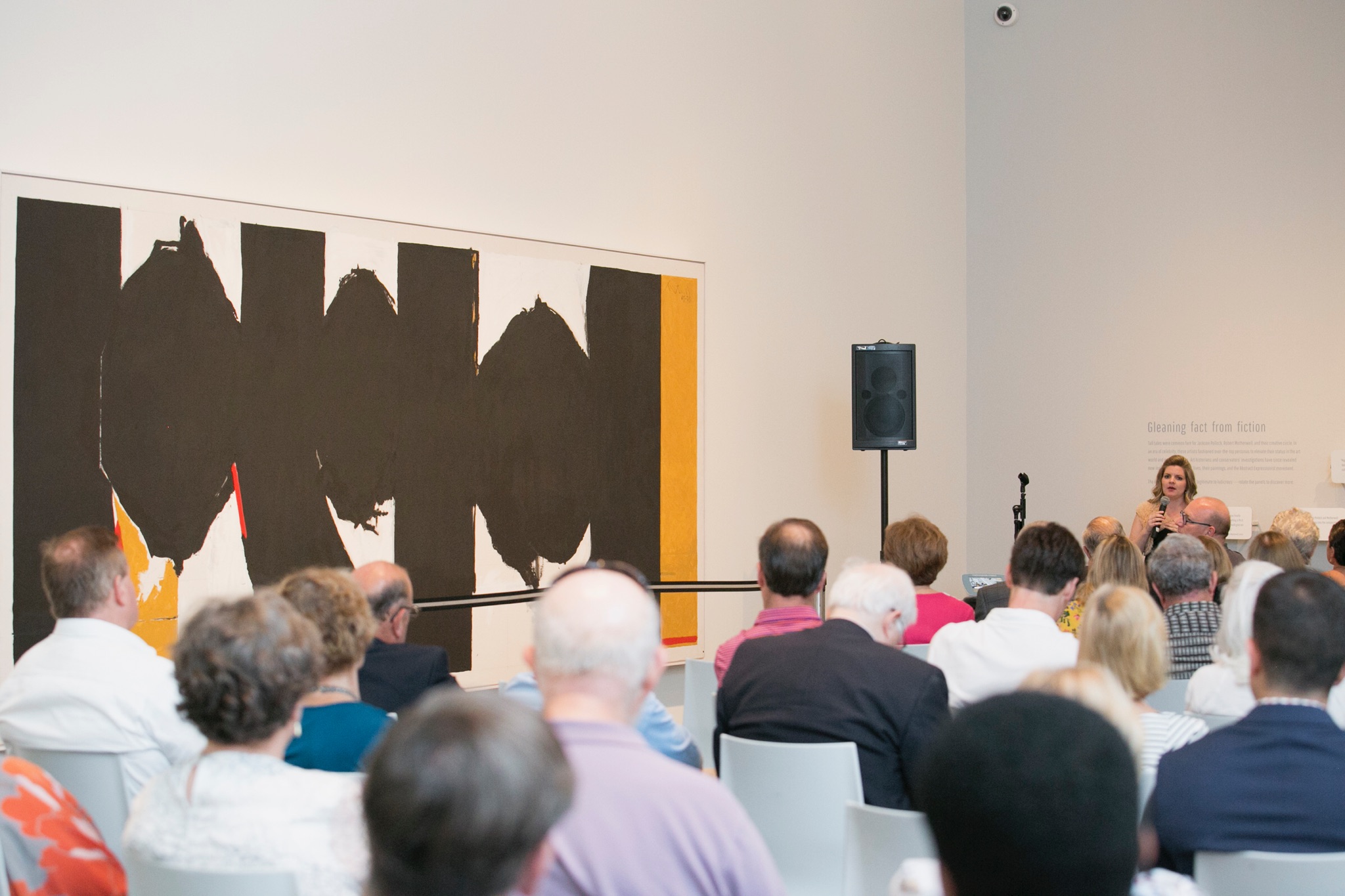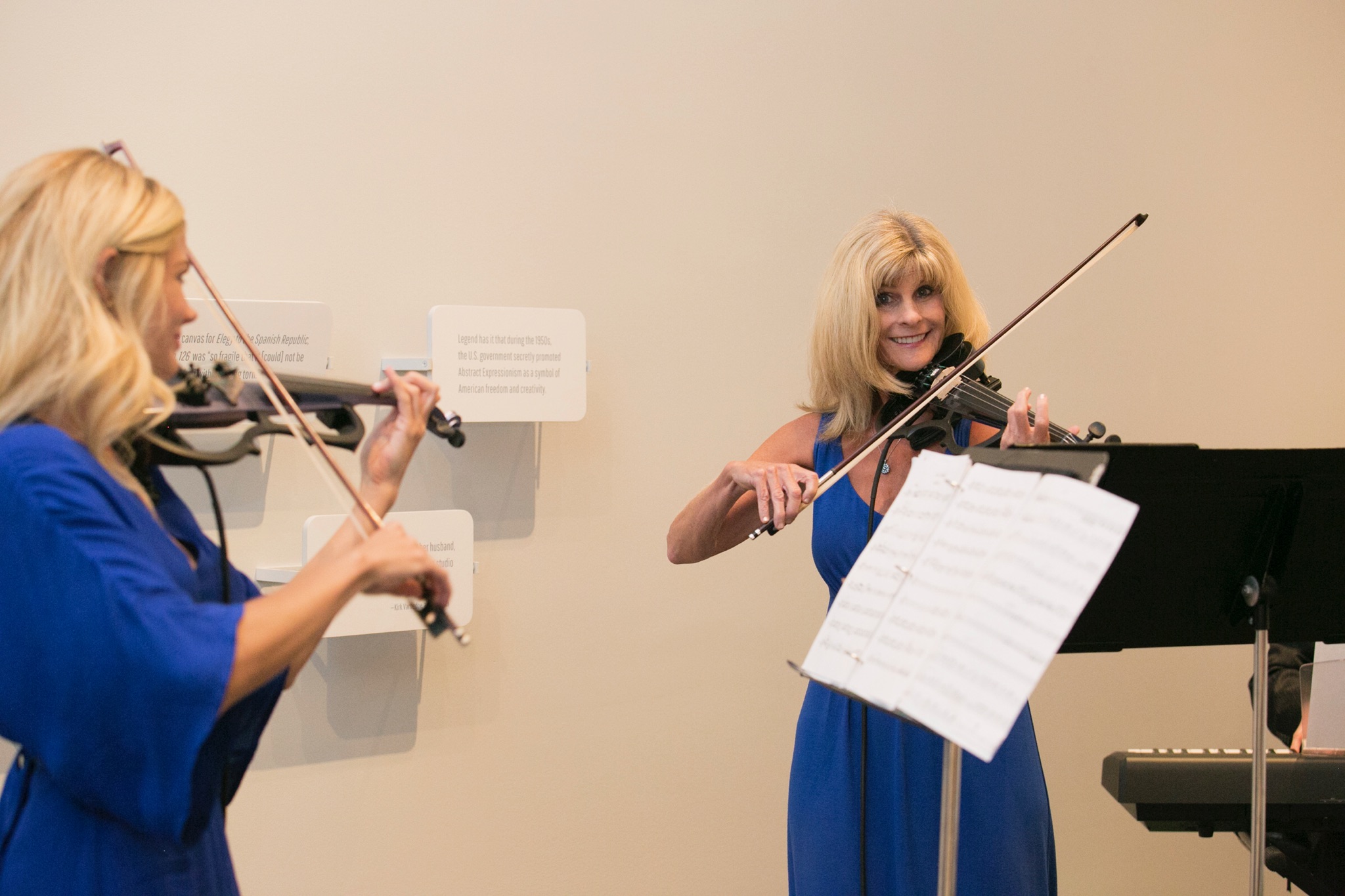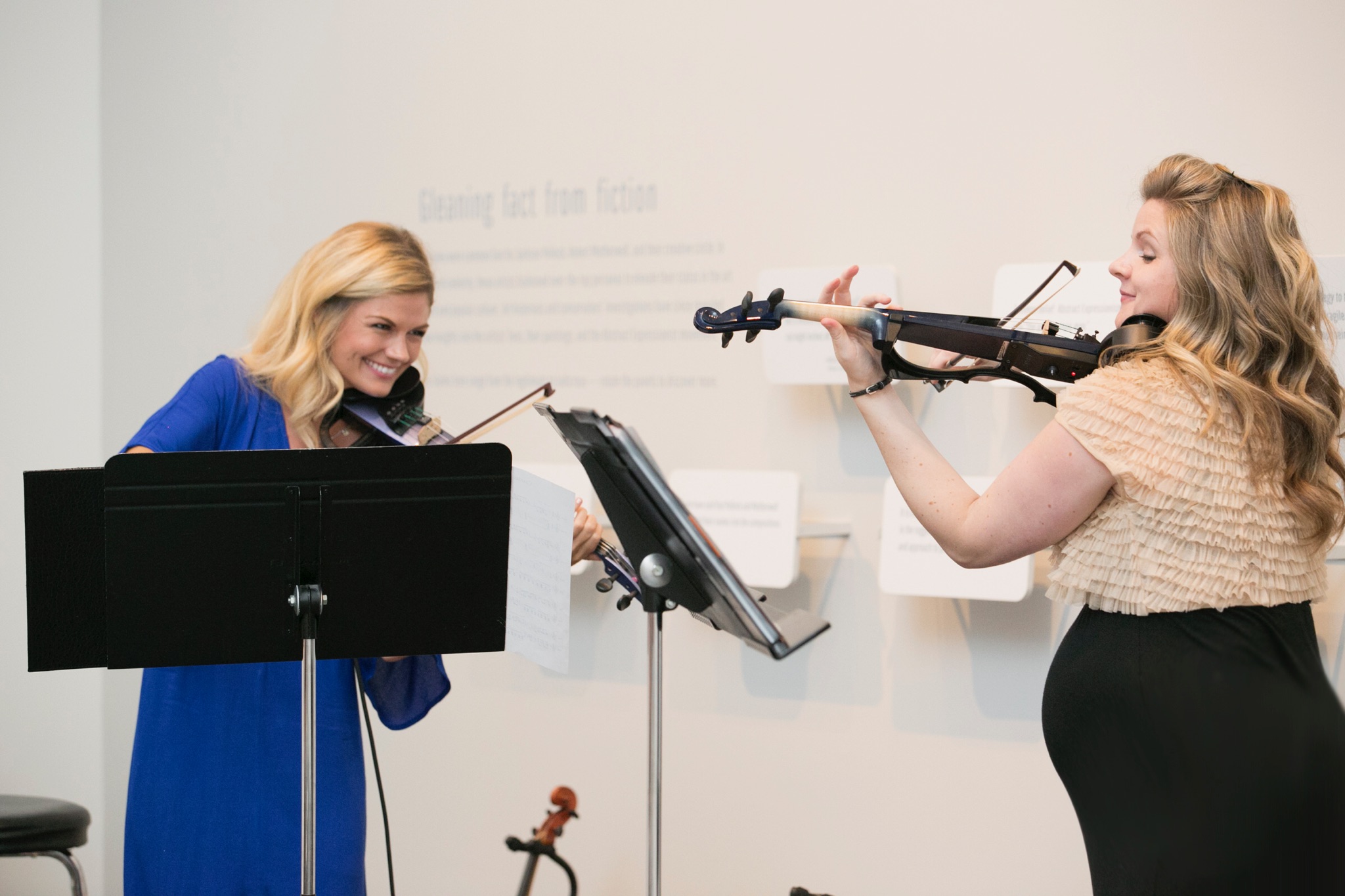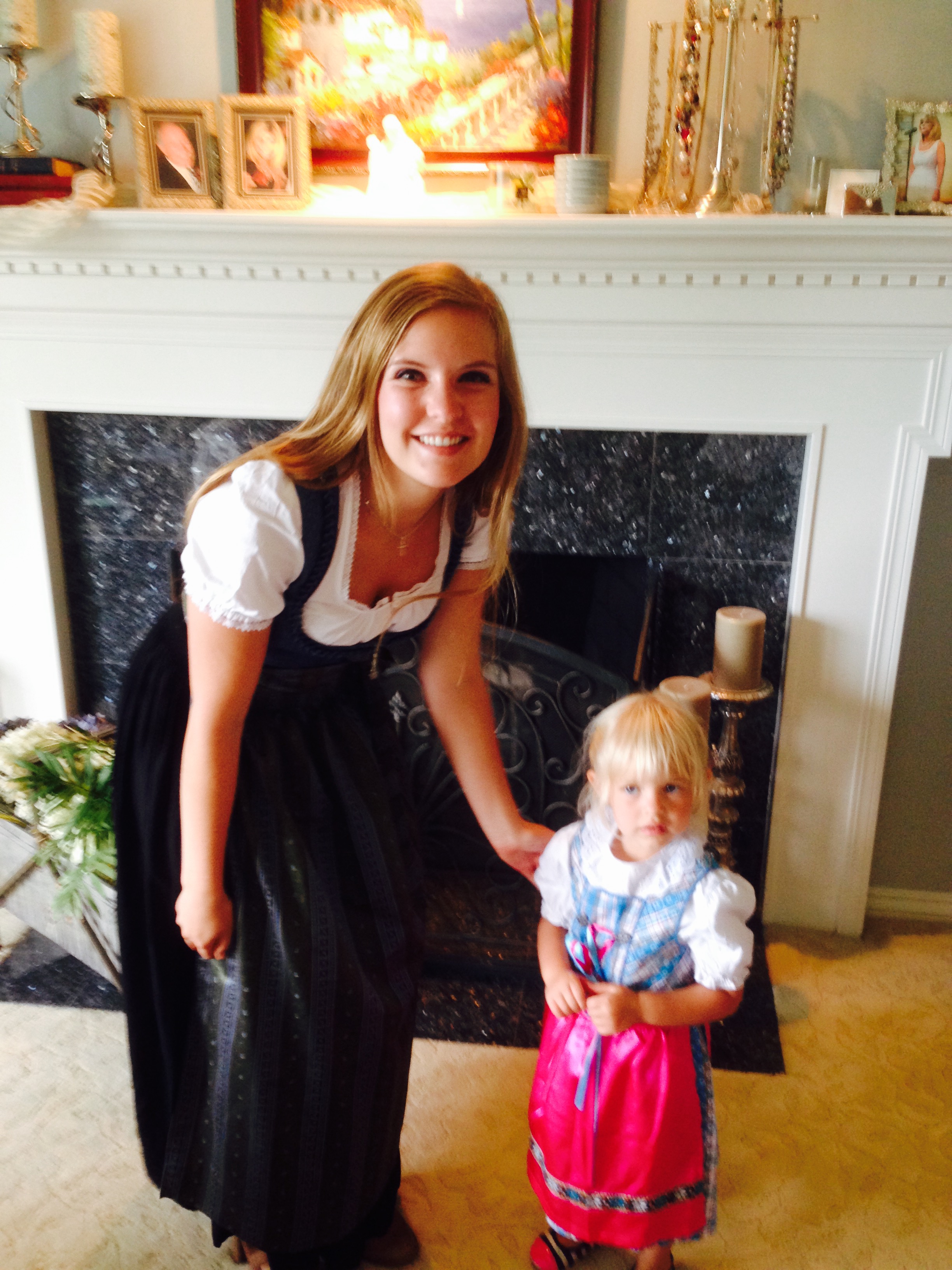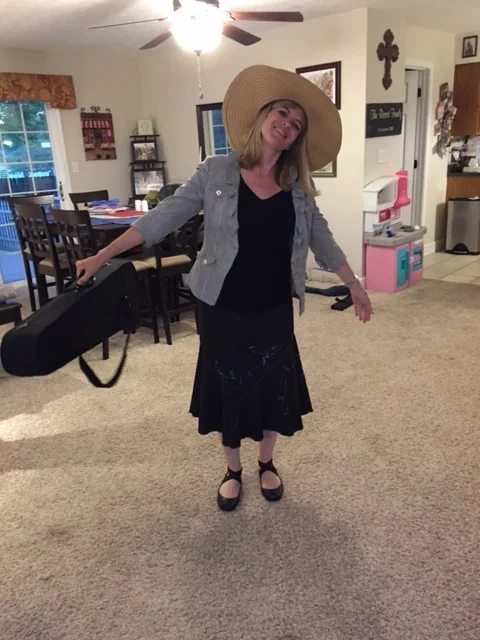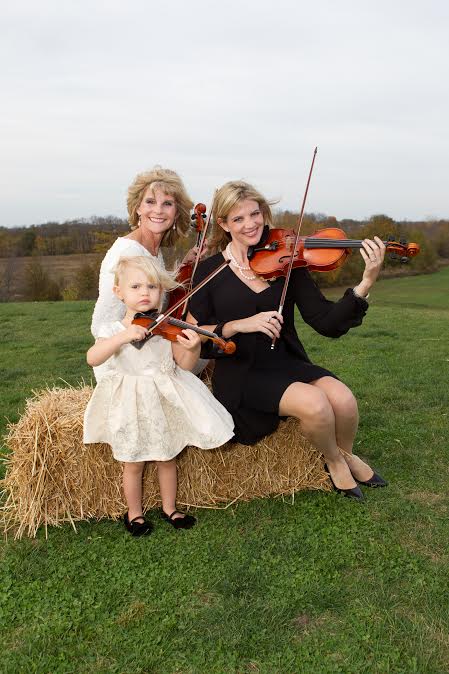Let's Accessorize!
Exercise? I thought you said accessorize! –Anonymous
We all know that a well-chosen accessory can really make an outfit pop, like a pair of red heels with a black cocktail dress, or a sparkly clutch with the right blouse. However, we’re not here to talk about fashion! In our last post we looked at the benefits of the electric violin, and here we are delving into its many accessories.
Firstly, the electric violin by itself makes no sound, therefore buying some kind of amplifier or speaker is paramount. Many guitarists use Fender amps, and they can work well for their instrument. However, Fenders do tend to produce a gritty sound overall, making them less conducive to the violin. We at Uptown Violins personally prefer the Fishman amps, which can be bought from most local guitar centers. If you are just getting started with the electric and are only looking to plug in yourself, you might consider the Fishman Loudbox minibox (60 watts). However, if you often collaborate with another musician, we recommend the Fishman Loudbox Artist Amp (120 watts) or the Fishman Loudbox Performer (180 watts) which allow for two instrument inputs. The Fishman amps keep a clean sound that doesn’t distort the tone of the violin, better resembling the sound of acoustic instruments. If you want a quality three-instrument input amp, we recommend the Acus Sound Engineering One for Strings (200 watts), although it is significantly more expensive than the Fishman amps.
In order to set up your amp, you will need a ¼ inch cable that connects to both the violin and the amp. We suggest that you don’t put the gain too loud, as it is not just volume. Also, if the treble is turned too high it becomes piercing, so it should be turned down lower than the bass and middle ranges. You can plug an auxiliary cable into your phone for music/backing tracks/etc. If you are playing in a large venue you should plug your amp into a sound system via an XLR cable, allowing for a more surround sound. If you use the amp a lot, you might also consider buying a cover to protect it, as well as a dolly to help transport it from venue to venue.
After you have purchased your amp and ¼ inch cable, you might consider buying a pedal to allow for different effects. For this you will need an additional ¼ inch cable. One connects your violin to the pedal via the electric guitar input, and the other connects the pedal board to the amp. We like the Boss ME 80 pedal board, as it includes fifty-nine different effects. As opposed to the individual Loft pedals, this combines several pedals in one. The pedal board weighs about eight pounds, which is much easier to transport than a huge pedal board with many different individual pedals. Some of our favorites effects include the blues pedal (good for jazz), the wahwah pedal (for an electric guitar sound), the octave pedal (which we use to imitate the cello), the distortion pedal (which also imitates the electric guitar), the delay pedal (which gives an ethereal sound, and you can choose how many seconds delay you prefer), the loop pedal (allowing up to thirty-eight seconds of looped material), and the OD (overdrive) pedal (which gives a gritty sound). You can also buy a Boss ME pedal bag to hold the pedal and cords. If you prefer not to have so many cords, wireless options are available as well.
Another small accessory we like to use especially with our electric instruments is our violin mute. The mute gives our instruments a warmer, less tinny sound. Because we use the mute most of the time, we turn our overall volume up. If you want a more pointed sound, we suggest taking the mute off. We personally like our Finissima mutes, which our friend Brandie Phillips decorated for us with sequins to add a little extra.
Lastly, if you want to fully digitize your music we suggest purchasing the new I-pad pro. You can upload your music onto the device through the app For Score. This eliminates your need to carry around enormous bags of heavy music, as you can have it all at your fingertips. You would need to buy its accompanying stand, and we recommend the Page flip firefly Bluetooth page-turning pedal as well, so that you can keep your hands free from inconvenient page turns.
As Valentines Day approaches and you’re thinking of buying your violinist sweetheart a gift, instead of giving a visual accessory like jewelry or shoes, try buying an auditory accessory instead!

















